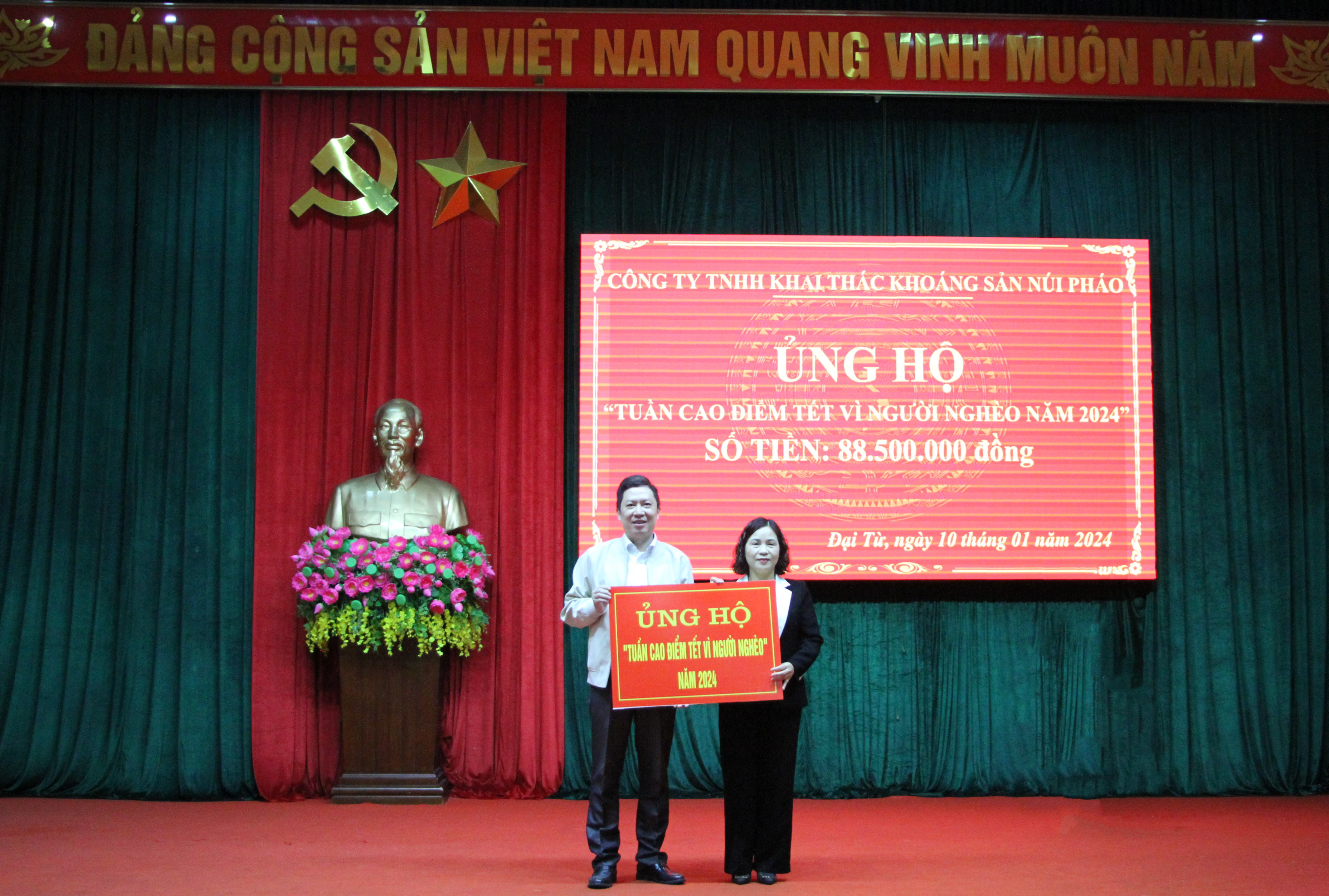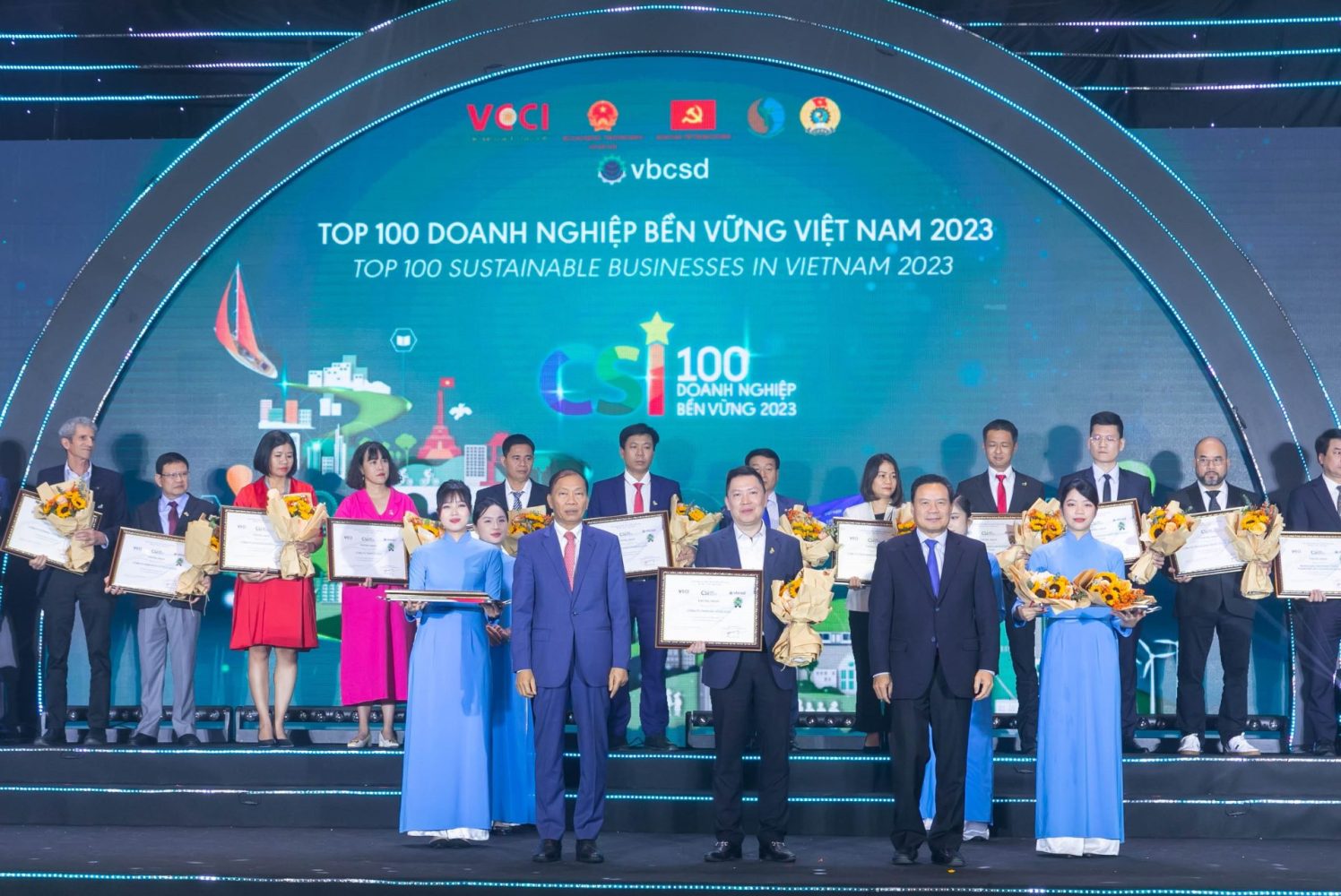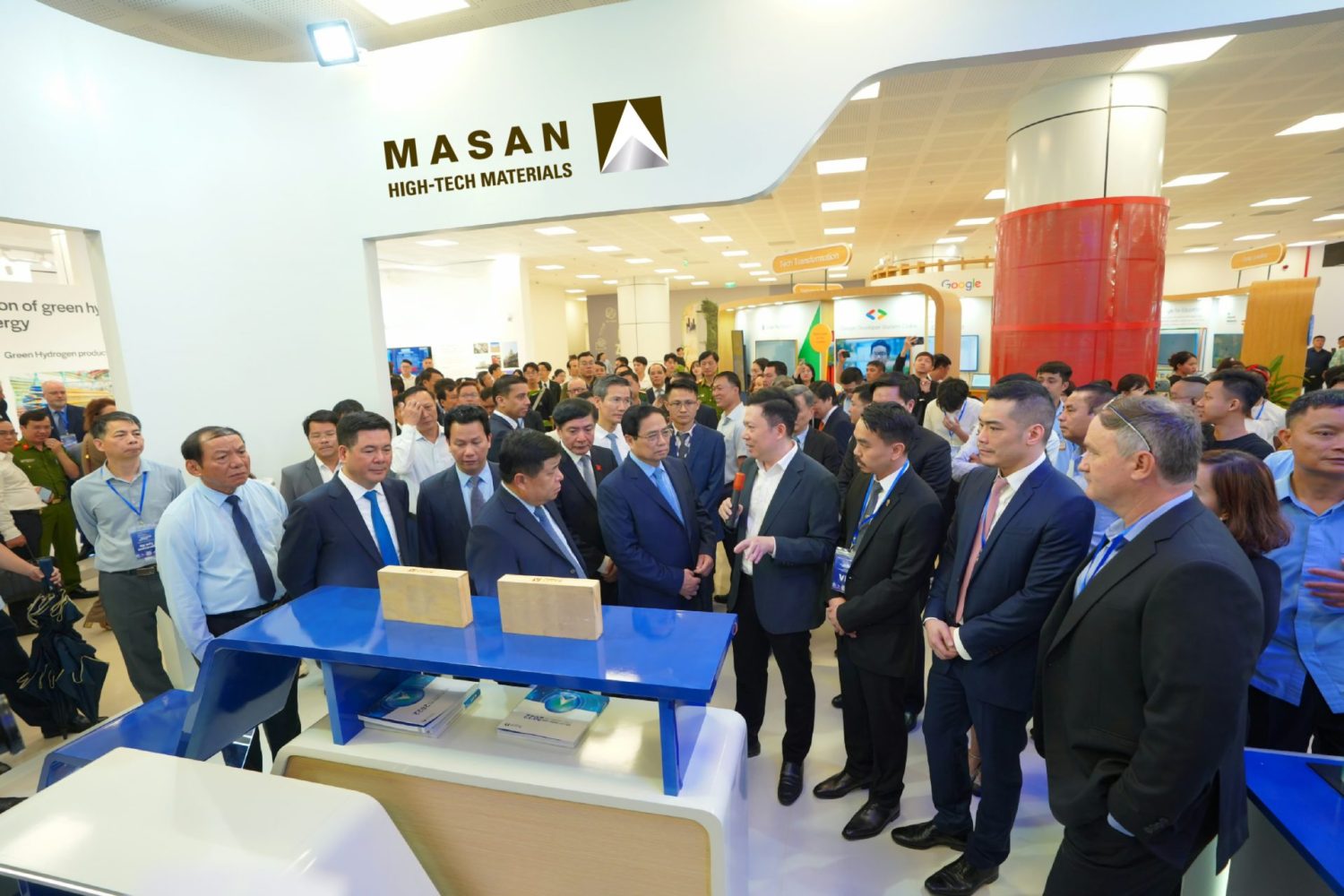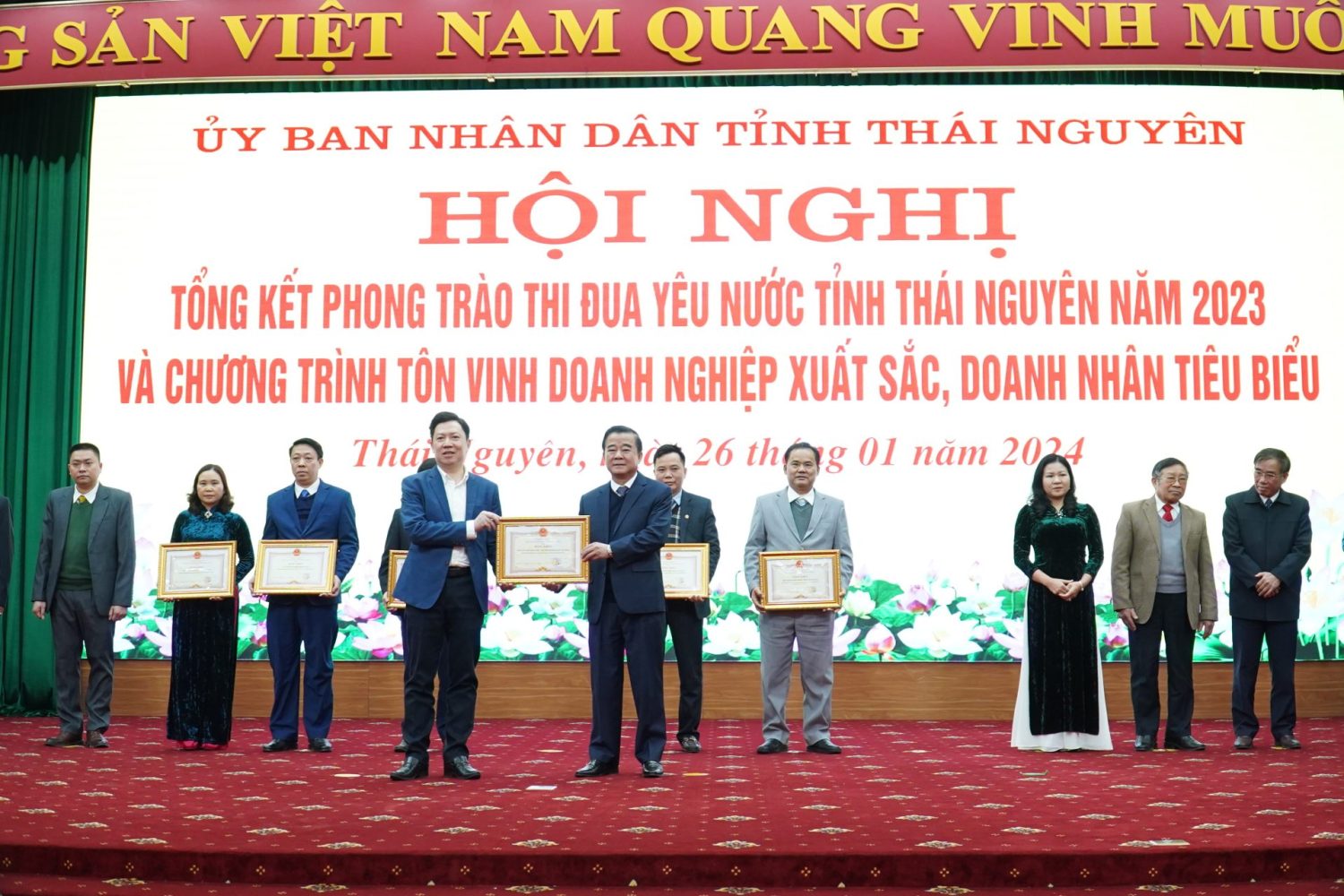Encouraging the application of advanced technology for maximizing mineral recovery
At the consultation Workshop on the Draft Law on Geology and Minerals held on September 15 in Quang Ninh province, there were numerous comments and suggestions regarding mineral mining fees and recommendations for policies on preferential treatment, taxes, and fees to incentivize mining entities to adopt advanced technologies for maximizing mineral recovery.

Mr. Pham Nguyen Hai – Head of Legal at Nui Phao Mining Company Limited: Establish preferential mechanism for entities to maximize the mineral recovery
In order to ensure optimal mining and utilization, and avoid waste of valuable resources, the drafting team should consider the establishment of a preferential mechanism based on which enterprises can maximize the recovery of useful minerals and its associated minerals, as well as synchronize the regulations of the Law on Geology and Minerals with legal regulations of other industries such as law on environment, taxes and fees applicable to mineral mining activities, to avoid shortcomings, discrepancies and issues that may arise during the implementation.

Specifically, remove waste soil and rocks generated from the mineral mining activities from the scope of regulation of the Law on Geology and Minerals (as well as remove it from the list of minerals used as common building materials as stipulated in Clause 3, Article 7 of the Draft Law) and classify it as common industrial solid waste in accordance with law on environmental protection, and to be managed by local authority to encourage the reuse of waste soil and rocks, and meet the demand for mining wastes to serve the local socio-economic development goals.
Regarding taxes and fees for associated minerals, the policies need to make clear that no mineral mining right fee and environmental protection fee are applied for the associated minerals (except for the case when there is a basis to determine the reserve to be recovered), and the adjustment of the whole Mining License is not required for the purpose of the recovery of the associated minerals (because it currently takes entities a lot of time and effort to get a written approval only for recovering the associated minerals from management body.) In such cases, only royalties for the associated minerals should be collected, calculated based on the quantity of commercially grade-associated minerals recovered and sold.
Regarding the mineral mining right fee, the Company requests the drafting team to continue to explore to establish and promulgate a formula for mineral mining right fee that is easy to implement and widely use across the country for each type of minerals; ensures the reserve used for calculating the mineral mining right fee is conformable with the reserve stated in the issued license, and it needs to distinguish the different reserve grades due to its different reliability and economic efficiency; determine the reserve to calculate the mineral mining right fee by area and depth of the approved mining plan when granting the mining license, instead of calculating by vertical direction of the surface boundary to ensure the appropriateness with technical factors in the mining.
Mr. Nguyen Tien Manh, Deputy General Director of Vietnam National Coal – Minerals Industries Holding Corporation (VINACOMIN): Consider amendment to a number of regulations on mineral mining right fee

According to the Draft Law on Geology and Minerals, the reserve used for calculating the mineral mining right fee (Q) is the approved geological reserve within the area and depth by vertical direction that is permitted for mining and regulated in the mineral mining license.
This regulation is not suitable, because an open-pit mining project must meet the requirements of dipping angle of the bench face, pit slope, so the reserve projected in vertical direction lying outside the designed open-pit boundary will not be allowed to be mobilized for mining.
Therefore, it is recommended to be amended as follows: “The reserve used for calculating the mineral mining right fee (Q) is the geological reserve mobilized within the mining space/mine design boundary, appraised/approved by competent authority serving as a basis for granting mining license.”
Furthermore, it is suggested that the mineral mining right fee, paid either one-time or multiple times, should be based on the term of the mineral mining license and annual mining output, aligning with legal regulations on taxation and the Law on Geology and Minerals. This regulation is also not suitable, when the mineral reserve may increase during mining operation and be different from the reserve used for calculating the initial mineral mining right fee, and the enterprise will not be able to pay this increased amount immediately. Therefore, it should be amended as follows: “Mineral mining right fee that is paid one time or multiple times will be based on the term of the mineral mining license, the annual mining output, and will be implemented in accordance with legal regulations on taxation and under this Law”.
Mr. Tong Minh Hieu, representative of the Association of small and medium enterprises of Nghe An province: Addressing difficulties in exploiting white marble to encourage enterprises to invest in deep processing
Every year, enterprises have to pay the mineral mining right fee for the licensed reserve as soon as the license takes effect. However, as a matter of fact, before receiving the license, the enterprises cannot immediately exploit or put the mine into operation because they have to implement the site acquisition, compensation procedures for land handover or land lease (some projects may take up to 10 years) As such, even when no mining activities have not been done yet or mining capacity does not meet the licensed capacity, enterprises still must pay this fee, putting significant pressure and financial difficulties for the enterprises while they make no revenue but must pay this amount to the State budget.

In addition, regarding the rock block related to the actual recovery from the mining result vs the recovery in the approved reserve from the mineral exploration report, specifically: Recovery of the block rock (volume >0.4 m3) is very low (3-5% on average; even no commercial product produced at some mines) while the approved reserve of rock blocks used as paving stones is often determined by 20-30% of the total volume of the mine which leads to the fact that the rock quantity to calculate mining right fee is 5 – 15 times higher than the mined rock quantity.
Thus, enterprises must pay a huge amount (5 – 15 times) to obtain the mining right for the type of rock that is not mined in reality. This is a huge financial burden that needs a serious assessment. It is therefore recommended that the Government, the Ministry of Natural Resources and Environment, the Ministry of Construction and the National Council for Mineral Reserve Evaluation review the situation of white marble mining in Vietnam.
Regarding royalty-liable price for mineral resources and environmental protection fee in the mining sector, the current legal regulations on royalties and environmental protection fee have not made clear and provided the rates for each specific mineral mine based on the quality (grade) and geological conditions, mining conditions and technical infrastructure of the mine to determine the rates suitable to the characteristics of each mine that is not suitable and cause difficulties for the mines with low quality and difficult mining conditions (large investment). As a result, this will not encourage enterprises to invest in the mining and processing technologies to maximize the recovery of low-quality minerals, especially the redundant volume of rocks due to failure to meet the specifications.
To encourage the enterprises to invest in the deep processing, it is suggested to review and provide clearer and more specific regulations, prioritizing enterprises with stable mineral processing operations for 3 to 5 years.
Source: Báo Tài nguyên Môi trường












